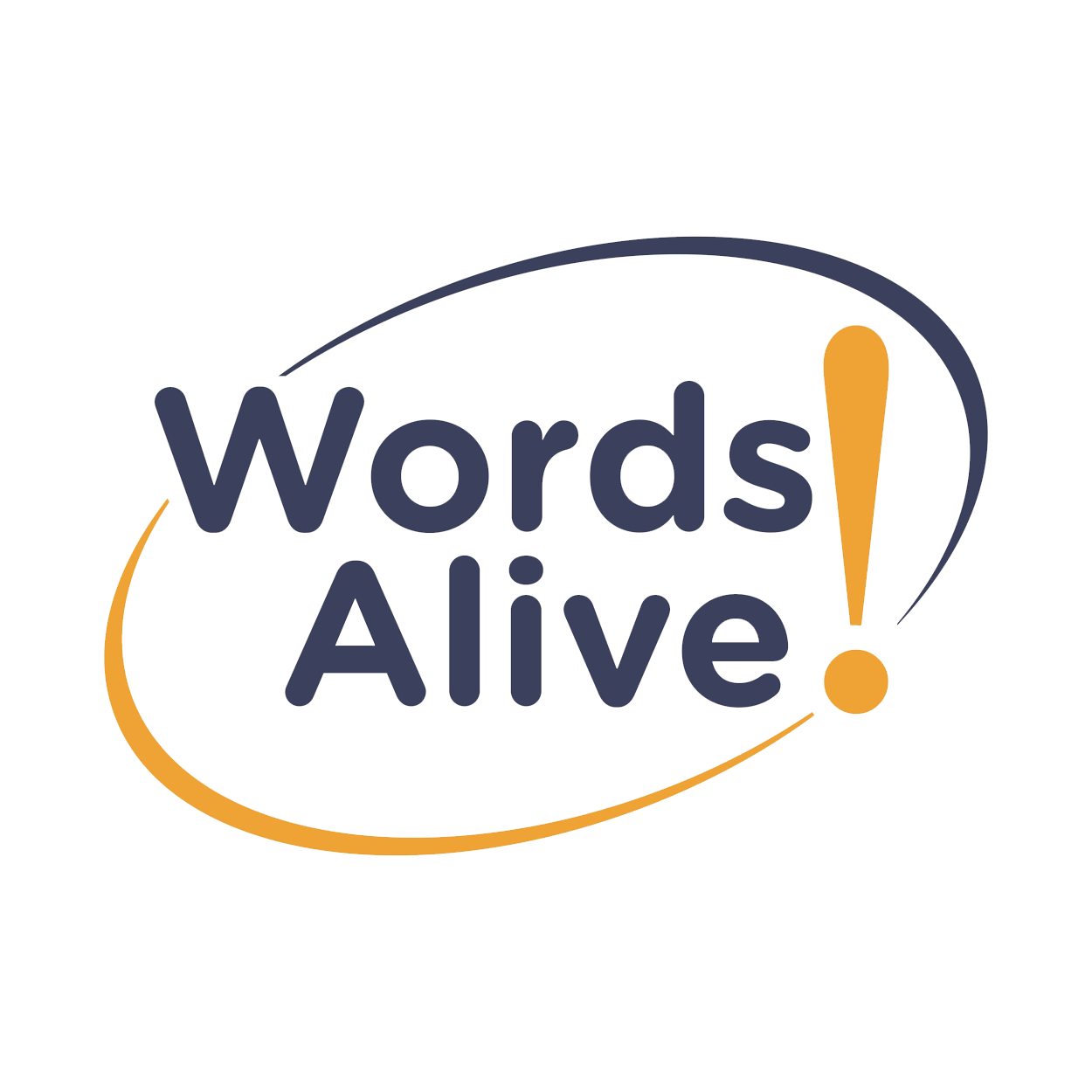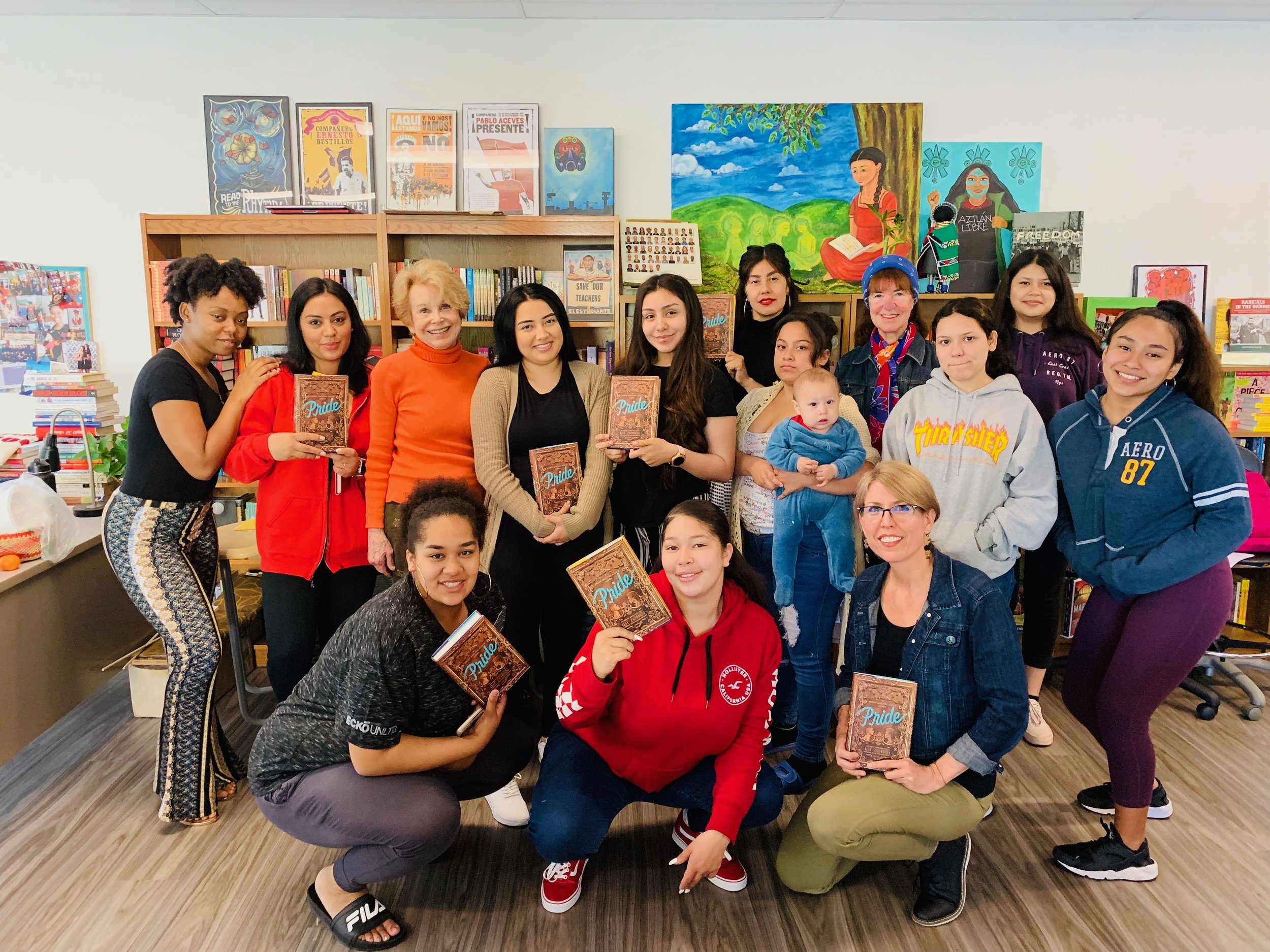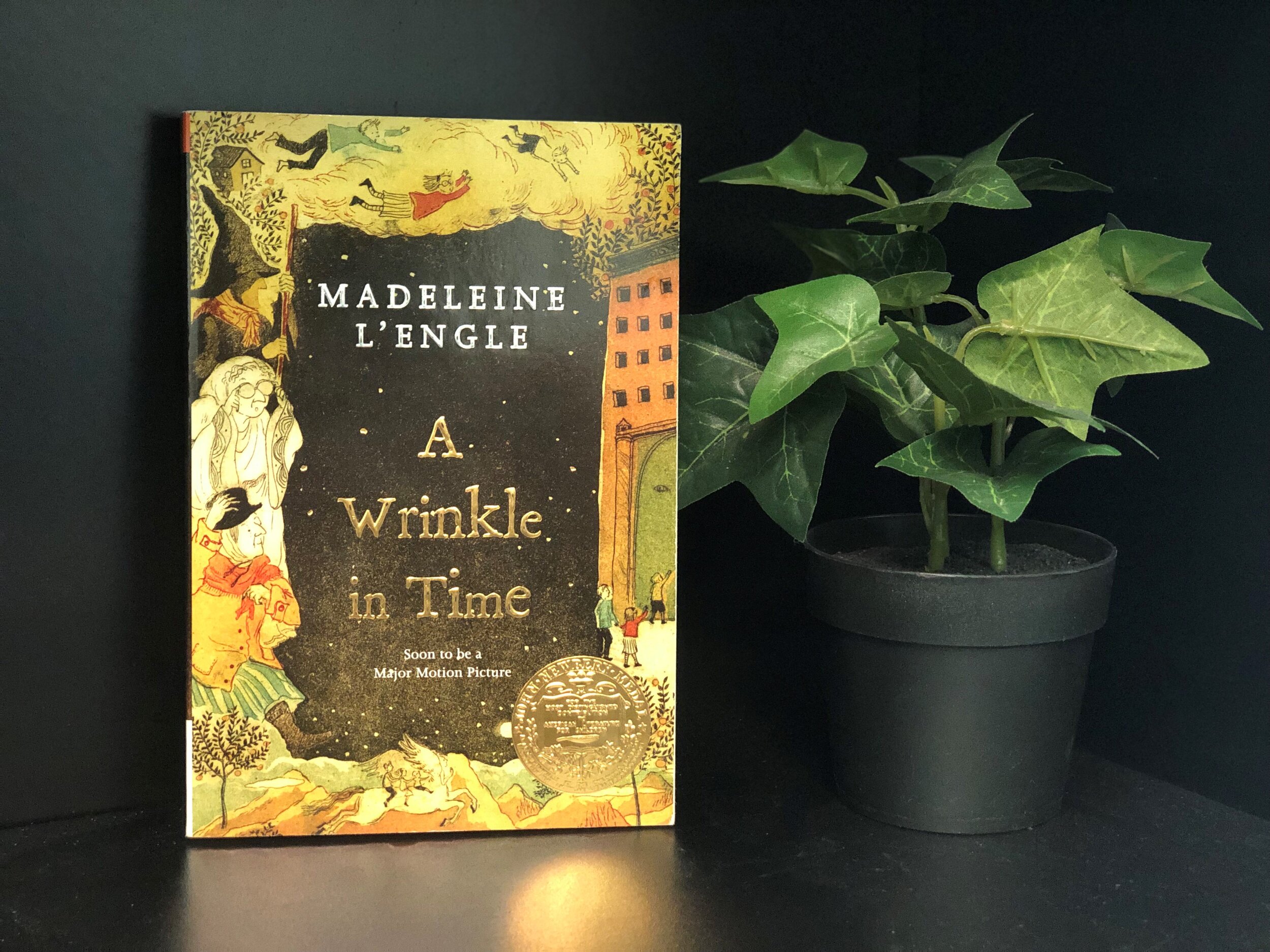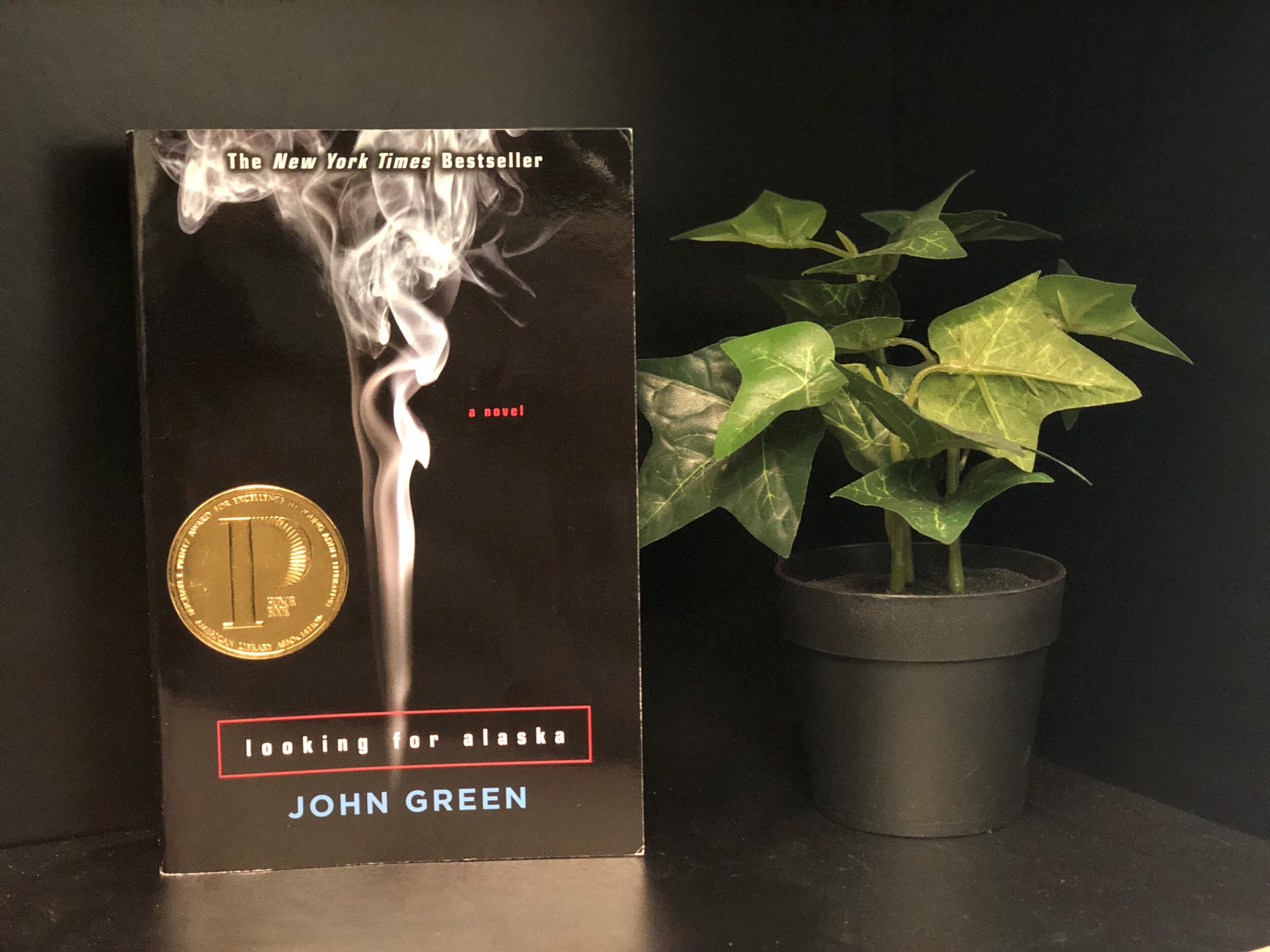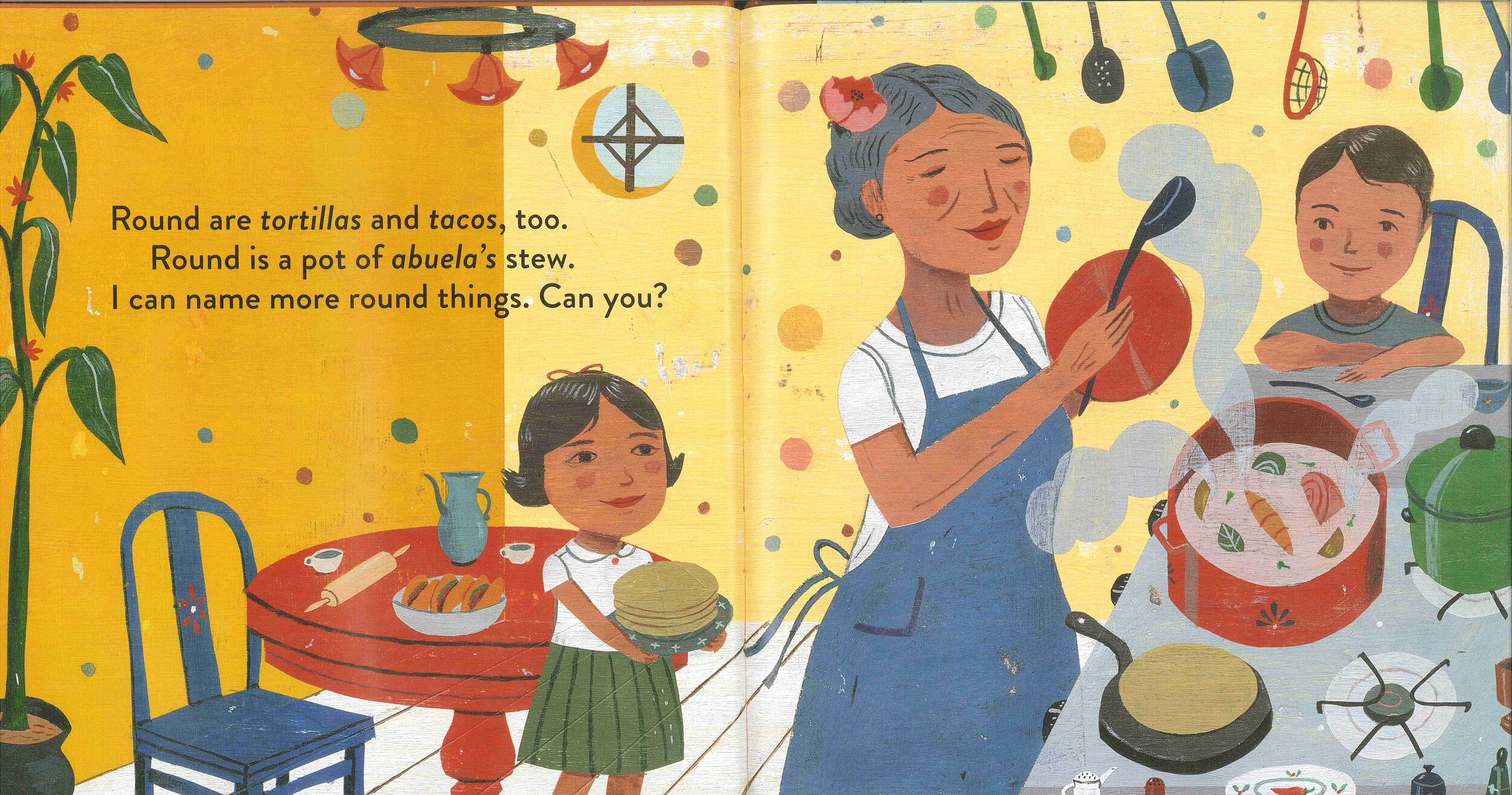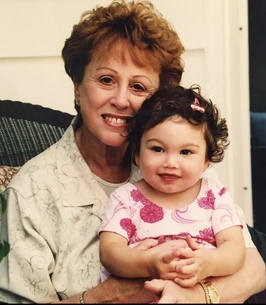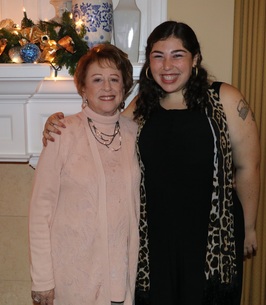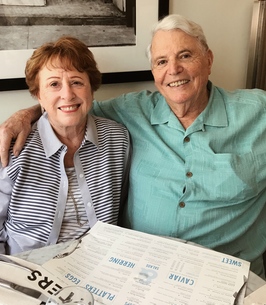Executive skills are a set of skills and “brain tools” used to manage tasks, behaviors, and one’s own thoughts in order to achieve and accomplish goals. From an early age, executive skills play an important role in cognitive functions, such as reading comprehension and overall learning. According to Kelly Cartwright, (author of Executive Skills and Reading Comprehension: A Guide for Educators [2015, Guilford Press]), students who have difficulties with reading comprehension, ‘despite having age-appropriate word reading skills, have lower levels of executive skills than their peers with higher comprehension’. In addition, students may not be able to fully understand or gain sufficient knowledge from information taken from vital core subjects in school, which include science, math, or social studies, especially if they cannot comprehend what they read.
The key components of executive skills for reading comprehension can be broken down into three main categories: Cognitive Flexibility, Working Memory, and Inhibition.
Cognitive Flexibility is the ability to shift from one activity to another, or back and forth between important components of a task. It relies on how you think about a situation, as well as what you think about it. Other skill sets that pertain to Cognitive Flexibility include:
Open-mindedness in terms of different opinions and perspectives.
Willingness to accept and risk mistakes.
Considering different methods for problem solving.
Engaging in learning, discovery, and innovative creativity.
When reading, all these factors included with cognitive flexibility allow for a student to actively shift focus between many important parts of reading, such as word and text meanings, letter-sound information, and sentence grammar.
Working Memory is the capacity to hold information in mind for a period of time and use that information for the particular work/task to achieve goals. In reading, working memory is necessary to comprehend the meaning of a text by keeping in mind what you have already read. As you read, you update your understanding of the written text. Children use working memory to sound out words in order to memorize and remember different letter sounds, then put them together to figure out what the word is. Working memory also helps with:
Following instructions.
Reading an unknown word.
Paraphrasing/Summarizing written information.
Answering questions, as well as asking them.
Organizing words or sentences.
Inhibition refers to one’s control of stopping automatic and impulsive responses, while at the same time, ignoring irrelevant distractions that would otherwise interfere with one’s main focus for a certain goal. To be a good inhibitionist, one must think before acting. This skill is also necessary when trying to comprehend reading. People who are good at comprehension will leave out the irrelevant words or text that do not connect with the main themes, ideas, messages, or instructions being brought out by the reading. Inhibitionists will be able to point out and locate the most effective sources of the text, while leaving out the irrelevant ones.
Teach Them at an Early Age
According to research, children with better executive function skills perform better on literacy exams. Children who begin to learn how to read and write acquire their executive skills through pre-literacy training, such as recognizing and sounding out letters. Once they are able to master pre-literacy skills, their executive skills will increasingly continue into reading comprehension and other more complex abilities.
Cognitive flexibility, working memory, and inhibition are also obtained from an early age when children are learning to read and write. For children, working memory has to do with helping a child keep a main topic or a goal on paper while writing, as well as helping them with remembering the spelling and grammar rules.
Cognitive flexibility helps children think of different ways to say things, especially in writing. It encourages kids to think more about what is being read, by putting what is written into different sentences, or explaining it in different ways.
Inhibition control is the process of brainstorming: to gather thoughts and ideas for planning before the writing process. ‘It is needed when encountering words with multiple meanings, by choosing the correct meaning in the context of the story and ignoring its other meanings’. An example of this could be when differentiating between words that have different meanings, such as “bat”, which could be used to either describe a baseball bat or the animal.
Long Term Benefits for Building Executive Skills
These three skills (cognitive flexibility, working memory, & inhibition) for executive function are crucial for academic performance. It helps students organize their work more efficiently, and engage with learning through a wider variety of options, rather than just glueing one’s eyes to a book and reading through the text just once. These skills and methods help young students absorb the actual information given by the text, and helps their minds process it in a more successful manner.
In addition, students will not only have better reading comprehension, but it will allow them to effectively manage and control their own behavior, regulate overall thinking and learning, regulate emotional processes, impulses, and develop peer relations through friendship and strong communication.
